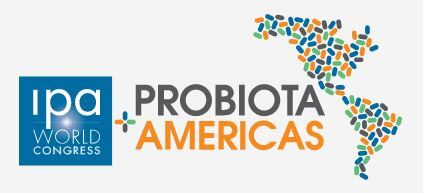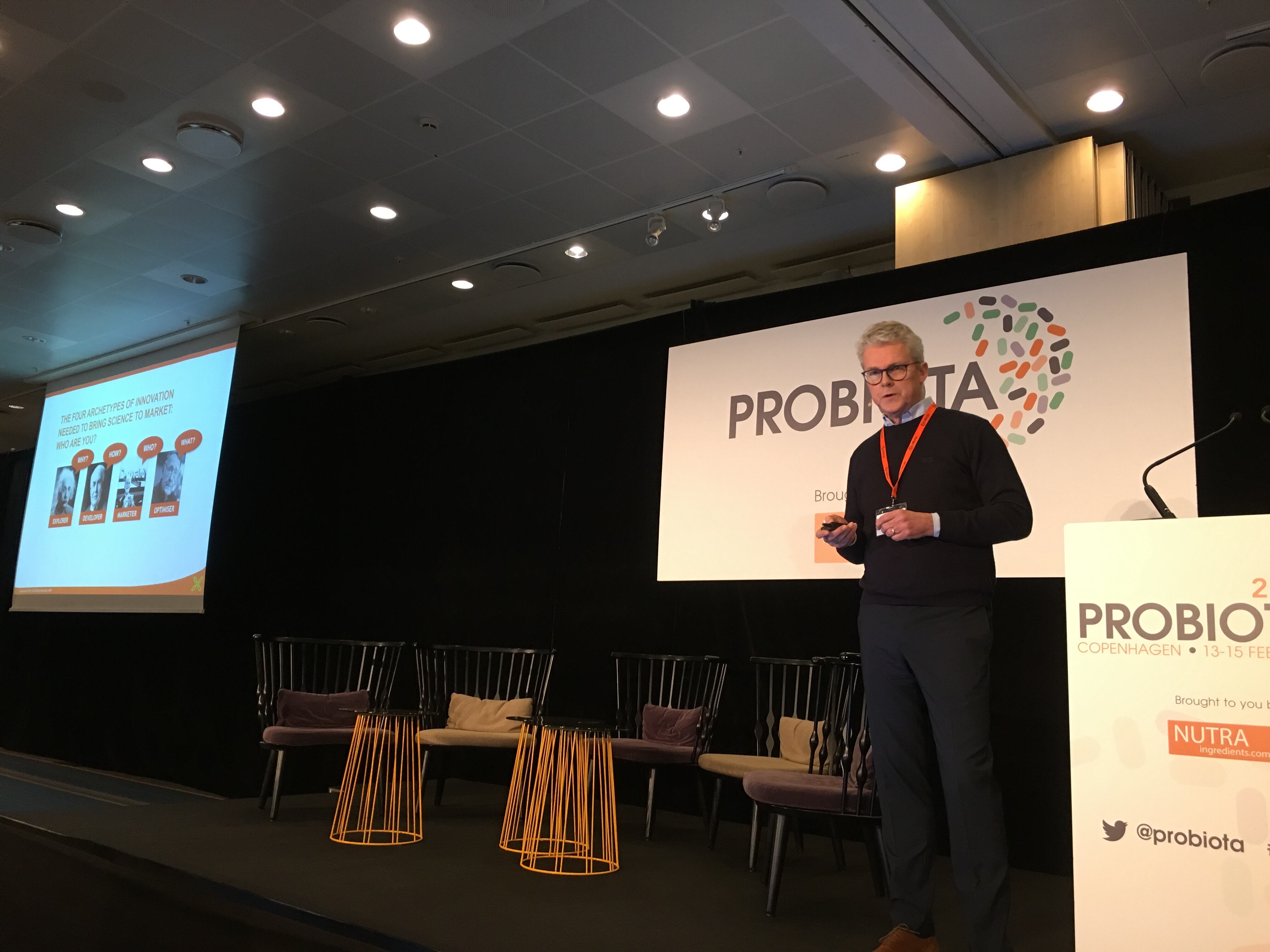The US-based research team identify a number of ways for probiotic product manufacturers to improve the manufacturing processes and communicate quality to end-users.
“One approach is for companies to undergo unbiased third-party certification,” says the review. "Herein we discussed the necessary components of this process, which require collating or developing validated methods and standards for identity, quantification, and purity.
Manufacturers must recognise that criteria for microbiological contaminants will become more stringent as the vulnerability of the target consumer group increases."
Organisations such as the European Scientific League for Probiotics, which focuses on European products, provide third-party certifications.
These organisations, which include US-based NSF International and US Pharmacopeia, differ in their assessment scope, for-profit status, and seal issuance for certified products.
Whole genome sequencing
The team, comprising of researchers from ISAPP, NIST, Chr Hansen and DuPont Nutrition & Health, point to established and emerging approaches that have proved useful in probiotic quality assessment.
These methods include flow cytometry and whole genome sequencing, an innovation dominated by four major technologies - Oxford Nanopore, PacBio, and Ion Torrent – that differ based on how the DNA sequence is “read”.
The review states that relative performance is generally assessed by considering three metrics: sequence quality, read length, and cost.
Currently, a high quality complete bacterial genome can be obtained for around €3600 ($4000) through commercial services. This price includes approximately 100x genome coverage.
“Probiotics have a unique property that differentiates them from other supplements: they’re alive,” said explained Scott Jackson, study author and leader of the Complex Microbial Systems Group at the National Institute of Standards and Technology (NIST).
“This introduces unique manufacturing challenges. Bacteria can evolve (drift) quickly and this can lead to new phenotypic properties (e.g. adhesion). Strains can be mixed-up, leading to mislabelling of the strain’s identity.
“Viability is often orders-of-magnitude lower than what the label claims (CFUs),” he added. “Multi-strain blends can (and often do) differ from lot-to-lot with regard to the relative abundance of the individual strains.
Jackson added that because probiotics are regulated as dietary supplements and not drugs, there is very little regulatory oversight.
“These manufacturing 'deviations' can and do go unchecked,” he said. “Independent verification by a 3rd party is a tried-and-true method for maintaining quality standards in a given industry. Without it, consumers can’t be sure that their probiotic is what the label describes.”
Live probiotics
Probiotics’ 'live' status brings with it a series of challenges, in particular the labelling requirements that differ from other foods and supplements.
In 2017, the International Probiotics Association (IPA) in partnership with the Council for Responsible Nutrition reinforce the importance of communicating specific information on a probiotic product label.
While the required information may not be required by national regulations, there is scientific agreement that such information is crucial to enable consumers to understand what they are buying.
The information includes genus and species names (which should adhere to current scientifically valid nomenclature) as well as strain designations for each strain in the product.
“Designations used should enable tracking of the strain to entries in strain depositories and linking to published studies,” the review recommended.
Other recommendations include a statement of live/active microorganism quantity (using CFU or other validated measure) along with use-by date, proper storage conditions and company contact information.
The guidelines add that statement of benefit is not required but if present must be supported by a human study showing the benefit at the dose delivered in the product.
Taxonomy considerations
The review goes on to focus on taxonomic changes that may affect how popular probiotics such as those that use Lactobacillus genus, are classified.
Its authors highlight its unusually high phenotypic and genotypic diversity that do not conform to taxonomic conventions.
The review believes the genus could be split into as many as 23 new genera, but species names will remain unchanged.
“Many traditional probiotic species such as L. plantarum, L. reuteri, L. rhamnosus, and L. casei will likely no longer be members of the Lactobacillus genus,” the team said as the ongoing process meant no confirmed changes have yet been decided.
In the review’s conclusion, the team stress the need for the industry to take a proactive approach in authenticating or validating the quality of their probiotic product.
However, they were mindful of the time, cost and additional steps involved that may cause hesitation from companies.
“Implementing the various “upgrades” described in our paper will undoubtedly be an expensive endeavour and might not be financially feasible for smaller companies,” Jackson said.
“Historically, companies decide to comply with 3rd party verification programs largely based on the costs.
“One major probiotic manufacturer told us that it’ll require several million dollars to implement these new manufacturing practices.”
Dr Mary Ellen Sanders, co-author and executive director of the International Scientific Association for Probiotics and Prebiotics (ISAPP) said, “As with any business decision, each company will have to determine for itself if this process is worthwhile.
“A probiotic product with a reputable 3rd party verification of quality seal will distinguish itself in the marketplace.”
‘Critical to maintain consumer trust’
“The timing of this article comes at a period when topics like transparency and quality are on everyone’s mind. Ultimately establishing and continuing to maintain consumer trust in the probiotic category or any category for that matter is critical,” commented George Paraskevakos, the International Probiotic Association’s (IPA) executive director.
“On the heels of the FDA public stakeholder meeting on 16 May, which was about DSHEA and how it should look like for the future, transparency and quality were key topics. Quality and third party verification programs are not a new concept to IPA.
“They are a great idea but will need a proper thought process before putting something forward; there are too many programs, standards and techniques to decide on just one for an entire category.
“IPA is continuously working on establishing guidelines among which but not limited to, manufacturing, labelling and others, which are more specialised towards probiotics that our member companies are getting behind.”
Source: Frontiers in Microbiology
Published online: doi.org/10.3389/fmicb.2019.00739
“Improving End-User Trust in the Quality of Commercial Probiotic Products.”
Authors: Scott Jackson et al.

Building consumer trust in pre and probiotics will be discussed in-depth in a panel discussion at the upcoming IPA World Congress + Probiota Americas in Vancouver on 24-26 June 2019.
From microbiome advances, to start-up game changers, market stats, crucial clinical science and regulatory knowledge, this is a congressional must-have. Will you be joining your peers in one of Canada’s great cities?




